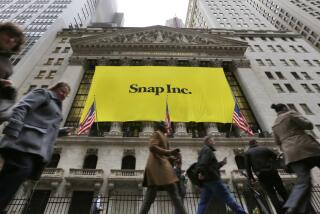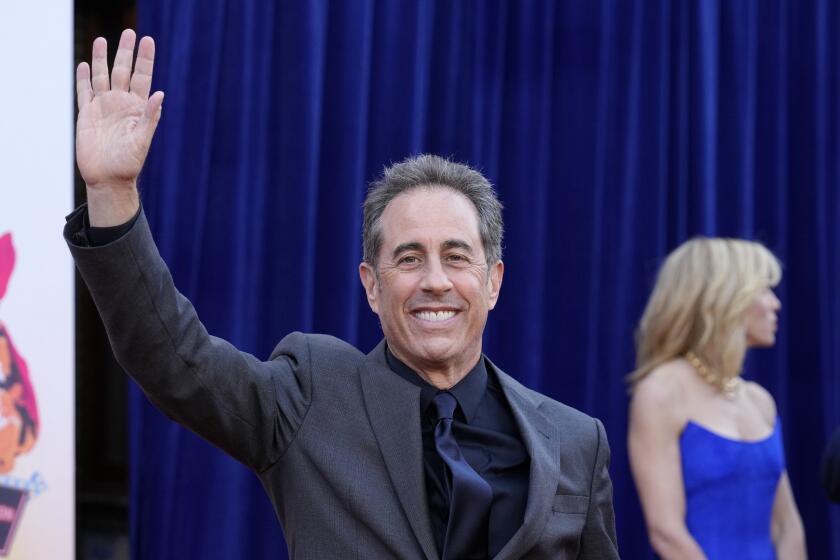Museum Traces the Evolution of the Lunch Box
The Smithsonian Institution has dug out kids’ lunch boxes from among its prehistoric bones, Civil War relics and millions of other artifacts and is sending them on a sentimental journey to American museums.
A three-year “Lunch Box Memories” tour begins Saturday at the Lafayette Natural History Museum and Planetarium in Lafayette, La.
The curator in charge, David H. Shayt of the National Museum of American History, traces the origin of modern lunch boxes to the large cookie containers and tobacco tins that workmen used a century ago.
The tins gave way to plain black or gray boxes made of sheet steel. Sometimes those boxes, with a domed cover to hold a thermos, swayed high above cities beside workers too busy on the girders to come down for lunch. They remain a favorite model.
Best-remembered are children’s lunch boxes that started appearing around 1950 and were tied to the emergence of television. Unlike the old steel boxes that were rounded and opened on top, these were square or oblong and opened on the side.
On one side would be a colorful picture about the size of an early TV screen. The first came from the popular Hopalong Cassidy cowboy series. More than 600,000 sold in its first year.
The most successful -- a school bus full of Disney characters -- sold more than 9 million.
Allen Woodall, a collector and dealer who runs a museum devoted to lunch boxes in Columbus, Ga., said rare early versions sell for as much as $4,000.
Some models were made with domed tops, just like the workingmen’s boxes. With a little imagination, children viewed them not only as TV screens but as school buses, Roy Rogers’ chow wagon or a doghouse, Woodall said.
Pre-TV models had pictures from newspaper and film cartoons. Walt Disney was so eager to popularize Mickey Mouse that in 1935 he paid to have the image on lunch boxes, Shayt said. Now rare and highly prized, only five examples could be found. Shayt borrowed one for his show.
Later, box manufacturers paid license fees to use TV cartoon characters. They had to guess at the start of each school year which programs would become so popular that all the kids would want the scenes. Guessing wrong meant unsold boxes.
“The popularity ... was a direct reflection of the emergence of mass-marketing in the postwar baby boom years when waves of new durable goods flooded the suburban supermarkets,” Shayt said.
More to Read
The biggest entertainment stories
Get our big stories about Hollywood, film, television, music, arts, culture and more right in your inbox as soon as they publish.
You may occasionally receive promotional content from the Los Angeles Times.






